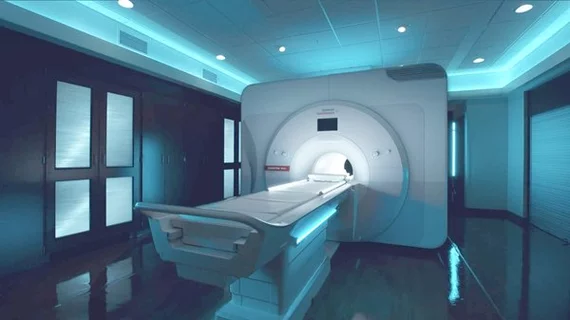How safe is 7T MRI for patients with neurosurgical implants?
Although the clinical use of new 7T MRI technology is not yet widespread, it is growing. As such, it is important that patients and clinicians understand the safety and risks involved in 7T exams.
One safety concern arises when patients with neurosurgical implants—aneurism clips, shunts and other metal devices—need an MRI. While these devices have been tested with lower MRI fields, like 1.5T and 3T, less is known about their compatibility with more powerful 7T equipment.
Thanks to a team consisting of students and faculty members from Carle Illinois College of Medicine and the Carle Foundation Hospital—one of a few institutions in the country with a 7T machine—experts now have a bit more insight into the machine’s safety in the presence of neurosurgical implants. To better understand device compatibility, the team recently completed an extensive search of publications in PubMed, MEDLINE and Web of Knowledge for any research that included the presence of at least one neurosurgical implant and at least one safety outcome.
This resulted in 18 studies that included 45 implants. The team studied a myriad of measures to better understand device compatibility, including implant composition, deflection angle, torque, temperature change and whether the previous researchers adhered to the American Society for Testing Materials International (ASTM) guidelines.
Based on their findings, the team concluded that cranial fixation devices, deep brain stimulation devices, spinal rods and pedicle screws are likely compatible with 7T MRI. Mixed outcomes were found with aneurysm clips and EEG devices, and VP shunts were reported to lose functionality after 7T exposure.
Although the lack of widespread use of 7T MRI limits compatibility testing, study co-author Annabelle Shaffer, a second-year medical student at Carle Illinois, noted that the study’s findings could encourage device manufacturers to conduct more thorough testing to ensure that their products are safe to use with the emerging imaging technology.
“We hope more patients with biomedical implants (regardless of location) will be able to be safely imaged with this exciting technology,” Shaffer said.
The study abstract can be viewed in the Journal of Magnetic Resonance Imaging.

